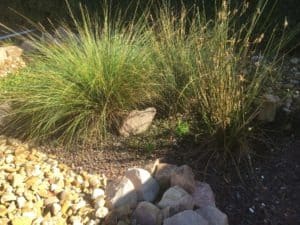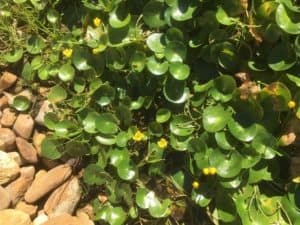Why create a grey water wetland? How do they Work?
There are many reasons to create a grey water wetland. Water is a valuable resource and we might as well get multiple uses out of it. Greywater is usually relatively clean mostly just soapy water.
For me I wanted to keep this semi-clean water out of my septic system.
Purify
Grey water is rich in nutrients mainly phosphate and nitrate which are great plant food. Grey water wetlands can allow you to grow water loving plants even in usually dry locations.
Grey water wetlands can take water away from your septic system, alleviating stress on the system, especially with larger households.
Wetlands use plants and bacteria to purify the water. As mentioned greywater is rich in nutrients, while this is great for plants it’s not great for exposed bodies of water. It can lead to algae blooms.
Algae
Algae in its self is not so bad. But once it’s consumed all the nutrients in the water it dies. This leads to microbial decomposition which starves the water of oxygen, which basically leaves a smelly stagnant body of water.
By adding our wetland plants to the mix they out compete the algae for the available nutrients thus preventing a bloom from occurring.
The other benefit of the plants are their roots. The roots will get colonised by millions of microscopic bacteria.
The bacteria and plants will consume excess nutrients. So in summary, as the water passes slowly through the wetland system it’s getting purified.
Frogs
Once it emerges it’s substantially cleaner. I Like to leave a small area at the end of the system with open water, this allows me to check the water quality. If there’s tadpoles and frogs your DIY grey water wetland is working great.
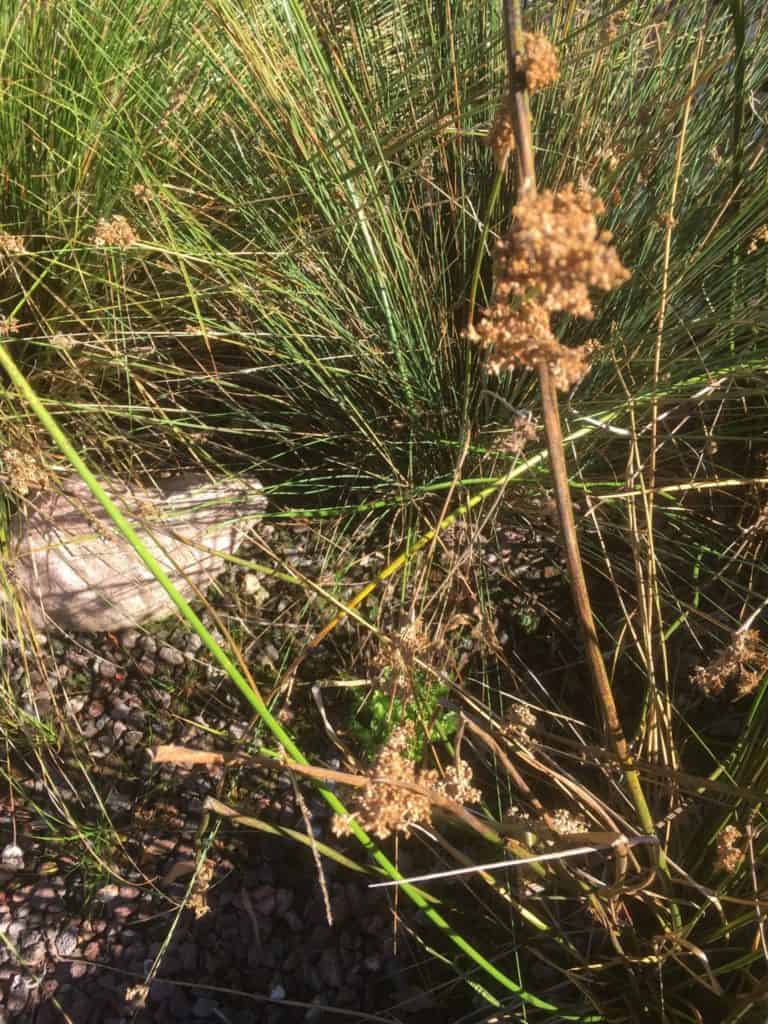
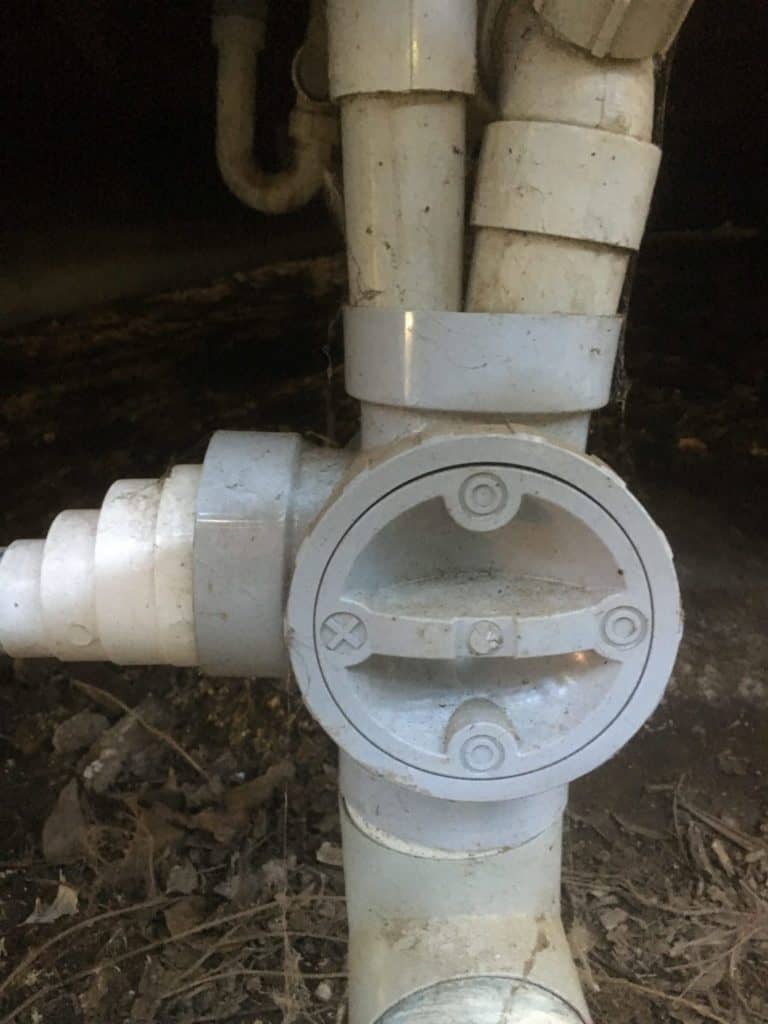
General Rules to follow
No Black water
1. Only run grey water into the wetland, use showers, baths and laundry. Never run black water into your constructed wetland. Blackwater is water with very dangerous pathogens.For example, water from the toilets should not be attempted. It is possible to purify black water but most certainly needs a licensed professional never a DIY. Kitchen sinks are a strange one, here we consider them as black water but other jurisdictions may class it as grey water either way i recommend excluding it from your wetland.
Diverter Valves
2.Use diverter valves to funnel the water away from the sewer or septic pipes. This way you can always divert the water back to the sewer or septic system. This is also great for the DIY warrior as you’re not changing the original plumbing of the home.
Discharge
3. You should always discharge the water below the ground. This will stop any odours being released or any contaminants in the water being touched by animals and humans.
Sizing
4.The general rule for sizing the grey water system is to allow 3-4 days for water to pass through the system. So you need to estimate how much water you will discharge into the system, i suggest estimating on the high side. Then times this number by 4. This is how many litres or gallons the system needs to be able to handle. It’s also a good idea to partition the system so the water moves slower. This can be achieved by using mounds in your construction design or narrow channels or pipes that the water must move through before reaching the next section.
Flow
5. Use a larger pipe than the original plumbing. This will slow the flow as it enters the wetland. It also allows the water to cool down a bit before it hits the wetland. We all enjoy a hot shower.
Cleaning product
6.I recommend only using septic safe cleaning products. This will help keep our microscopic beneficial bacteria happy and healthy. This is a good idea even if your not using the constructed wetland. Most cleaning products on the market are very bad for the environment.
What substrate to use? What Plants to Select?What materials to use?
Substrate
The substrate is the material the plants are going to live in. Our wetland uses a locally sourced scoria.
It’s a volcanic rock with lots of pockets and pigments. This is great for the microscopic beneficial bacteria as it has a large surface area.
It’s also light weight and cheap. I’ve heard of people using wood chip mulch. I would only use that that in the first partition of the system and in a solid container like an old bath tub.
The reason is that the wood chips will break down and need removal. While this would be great compost, for me it’s just added work.
However i see the advantage of such as system in arid area as it would greatly help boost the soil when added to other parts of the garden.
Plants
You can plant any water loving plant in the wetland. It’s really up to you.
We went with species that were native to our area as we wanted to create a habitat for the abundance of frogs that live in our plant nursery.
It’s easy to spend far too much time deciding which plants to put into your system, we ended up walking around our local area and visiting some of the wetlands already established.
Taking note of which plant species seemed to thrive, this has worked well for us. I recommend that you plant the taller more vigorous growers at the beginning of the wetland.
Due to the higher nutrient load as the water enters the system. Then you can plant smaller species as you enter the end of wetland, this also adds great visual appeal.
Materials
We bought our diverter valves on eBay, just make sure you pick the right size for your pipes.They are also available at your local hardware.
You’ll also need couplers, reducers and elbow joins all available at any hardware store.
We used a cheap pond liner made out of HDPE it is supposed to be safe for fish and is UV stabilised, once again we purchased this on eBay.
We’ve had no problems with it, but after constructing our wildlife pond out of EPDM, we found that to be a far more superior product. Much thicker and more puncture resistant.
Of course you can always use recycled materials like old bathtubs, drums etc. You’ll also need lengths of pipe to transport the water to the wetland. We used 90mm Stormwater pipe.
Hope this information is helpful to you with your project. Subscribe to our newsletter we are always learning and would love to stay in contact.
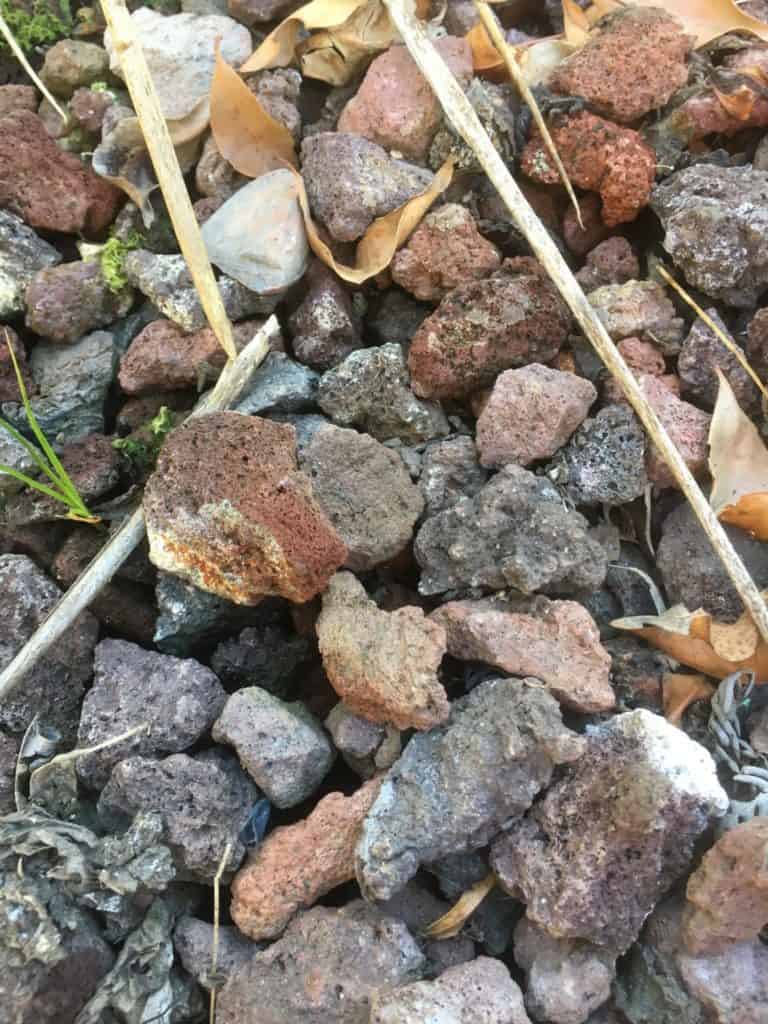
If you’re interested in naturally filtering and cleaning water you may like our other articles including garden stream, wildlife pond, Aquarium with plants and our beginners aquaponics system.
